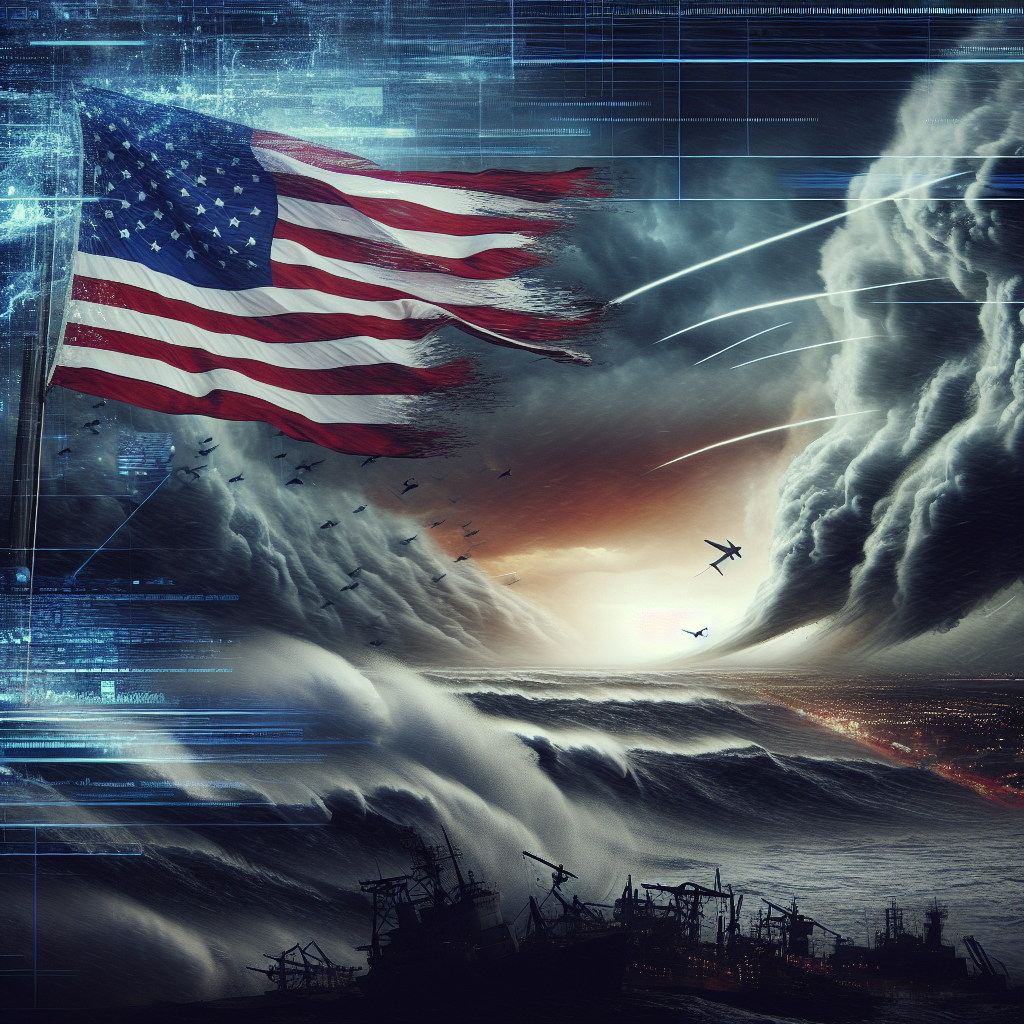On September 27, Hurricane Helene struck western North Carolina, causing widespread destruction across six states. The storm’s effects were particularly severe, resulting in significant flooding that left many residents homeless and devastated—many of whom lacked flood insurance as the region was not classified as a flood zone. The harrowing accounts of loss included stories of families watching their loved ones swept away by the rushing waters. Adding to the tragedy was the response from governmental authorities, which many perceived as actively obstructive. Local law enforcement and the National Guard reportedly hindered rescue efforts, creating a shocking juxtaposition between the selfless heroism of ordinary citizens and the bureaucratic red tape of officials who were positioned to help.
The troubling behavior displayed by authorities raised questions about a larger pattern of governmental inadequacy that has apparently become normalized in American society. As the evidence that people were being thwarted in their attempts to provide aid mounted, it forced citizens to ponder what circumstances might finally provoke widespread outrage. The rhetoric turned increasingly biting, drawing comparisons to a range of absurd, yet theoretically possible scenarios—such as ludicrous political candidates or restrictive laws on personal freedoms—that seemed to suggest the absurdity of the current situation may no longer be a mere product of conspiracy theory but rather symptomatic of deeper institutional failures.
Some observers began to suspect a nefarious motive behind the storm itself, suggesting that the rapid intensity of Hurricane Helene did not correspond with the geographical context of its impact. The storm’s devastation, far from the coast, led to theories regarding climatic manipulation for political or ideological purposes, raising alarms about patterns of weather events targeting certain demographics. This sentiment expressed a prevailing anxiety about what seemed to be a growing frequency of these extreme weather-related disasters, likening the phenomenon to a broader social decline and raising metaphors of affliction against the “common riffraff.” Such reflections drew on historical precedents, suggesting that storms and other disasters disproportionately affect lower-income communities rather than affluent neighborhoods.
Additionally, historical parallels were drawn between past events—such as Hurricane Katrina’s mismanaged response and accusations of government malfeasance—promoting a narrative that suggests a continuation of systemic failings over decades. The recency of similar conspiratorial beliefs surrounding events like the 2010 Haiti earthquake highlighted a skepticism toward governmental involvement in crises. Engaging with the darker connotations of such beliefs, supporters claimed that there exists a consistent pattern whereby certain dimensions of leadership seem either neglectful or malicious in natural disasters. In particular, voices outraged about the confluence of political narratives and mismanagement persistently illuminate a cycle of distrust directed at government and established powers.
In the aftermath of Hurricane Helene, critiques of the governmental response were swift and harsh. Comparisons with previous presidents’ crisis management sparked outrage, as individuals recalled how former President George W. Bush faced backlash for a perceived slow response to Hurricane Katrina, while President Biden and Vice President Harris appeared markedly absent during the initial days following Helene’s landfall. Coverage portrayed the federal response as both inadequate and missing in action, with FEMA’s reported assistance amounting to a meager sum while thousands faced desperate situations. Many residents were left bewildered and angered by this perceived neglect, further complicating the political promise of support initially extended from the administration.
In the broader context of such natural disasters, unsettling narratives became woven into the national discourse about government accountability and social responsibility. Concerns regarding the misallocation of resources shifted focus toward claims that emergency management was being weaponized in the sociopolitical arena, igniting conversations about who deserved help and who was relegated to the sidelines. By intertwining these two narratives—the infiltration of misinformation and the negligence of care—an image emerged where residents were pitted not only against natural forces but also against an unyielding bureaucracy more capable of creating obstacles than offering solutions.
Ultimately, the tragic events surrounding Hurricane Helene encapsulated a profound sense of frustration regarding both entrenched governmental practices and the systemic inequities that pervade society. With widespread speculation about motives and actions, reorientation of public trust seemed critical. The stark contrast between struggling residents who sought to assist one another and the indifference of authorities laid bare an existential question: when does a society recognize that true resolve for community aid and survival must come from mutual support rather than hierarchical decree? The renewal of these discussions urged a reevaluation of plans for disaster response, underscoring that community resilience is contingent upon enabling rather than restricting grassroots aid efforts in times of dire need.

